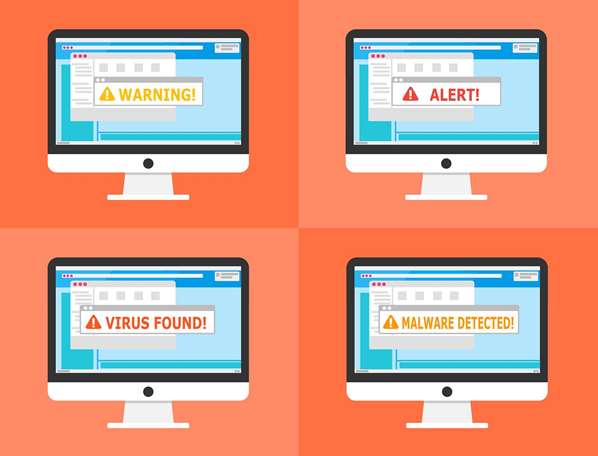
The contact center business environment is more fast-paced today than it has ever been before. To keep up with this sense of urgency, technology has grown ever more complex. In this context, ensuring your enterprise’s network performs as per expectations at all times is vital toward the realization of your organization’s strategic goals.
You must have a mechanism for identifying and fixing network problems fast for all your switches, routers, servers, and wireless devices. In a large organization where these devices can number in the hundreds or thousands, it’s impossible to perform such monitoring manually. Network monitoring software automates this process.
But network monitoring solutions are not created equal. Here’s how to find out which is the best network monitoring software for you.
1. Understand the Tech Landscape
Choose a network monitoring solution that takes cognizance of the evolving technology landscape. For instance, even though you might not use cloud-based servers today, there’s a good chance that you’ll make the move sometime in the future. You should, therefore, procure a network monitoring solution that can keep track of both virtual and physical servers.
In addition, the number and type of devices that connect to your network increases constantly. This is further exacerbated by the rise of the Internet of Things (IoT), telecommuting, Bring Your Own Device (BYOD) environments, automation, artificial intelligence, and machine learning. Get a monitoring tool that will cover these different devices in the future.
2. Map Your Requirements
By defining your monitoring requirements from the get-go, you will get the most return out of network monitoring product trials and demos. Remember, you are not really interested in how the products compare to one another in general. Rather, you should rank each product’s viability based on how well it meets your list of requirements.
Some of the things you have to document when defining your requirements is to enumerate the number of devices (routers, switchers, servers, workstations, etc.) and applications to monitor, what operating systems your devices run, what network growth you expect over the next 5-10 years, the kind of dashboards and reports you need, and what troubleshooting features you want.
3. Product Research
With the requirements definition, you now know what your technology infrastructure looks like. The next phase is to understand the kind of solutions are available in the marketplace. To do that, you must understand some important terminology.
Are you looking for a tool that’s focused on network management or network monitoring? Network management solutions have more features and are thus more expensive. Network monitoring solutions, on the other hand, are strictly focused on performance information.
Are you looking for cloud-based or on-premise network monitoring? On-premise monitoring solutions give you more visibility and control as an operator. They, however, have higher overheads. Cloud-based monitoring software is quicker and cheaper to deploy but the diminished physical control introduces some data security concerns.
Do you want an agent-based or an agentless solution? Agent-based monitoring software has an agent installed on every physical device and virtual server you want to keep tabs on which can be tedious to set up and maintain. Agentless tools rely on a wide range of protocols such as SNMP and WMI to collect network traffic data.
By following these tips, you are more likely to choose a network monitoring solution that gives you value for money for years to come.




